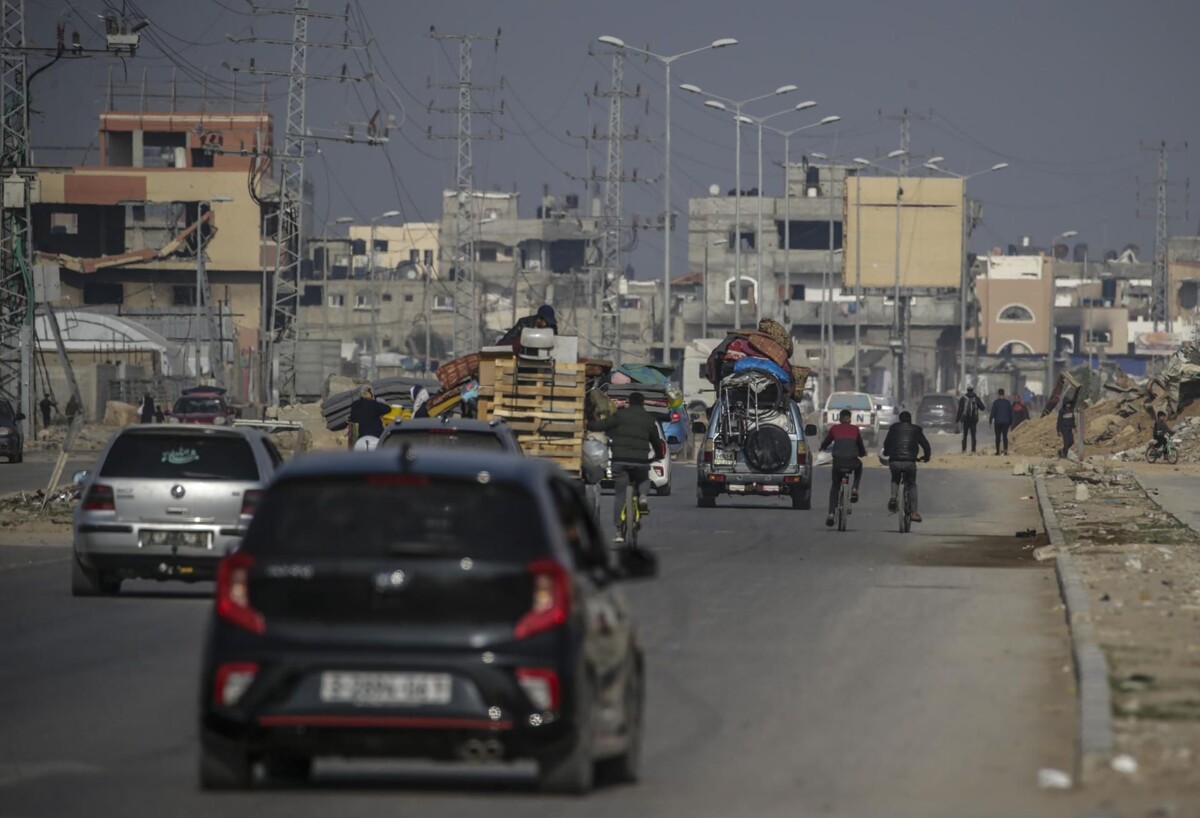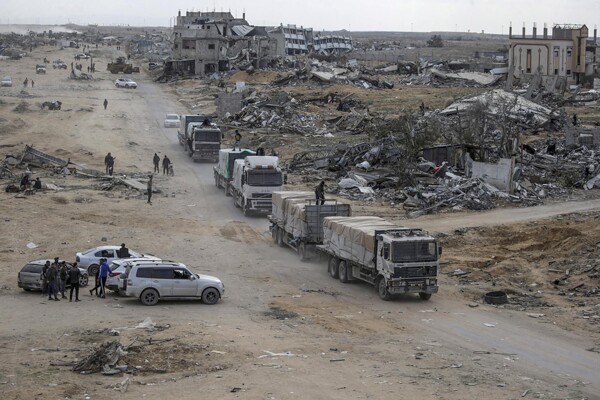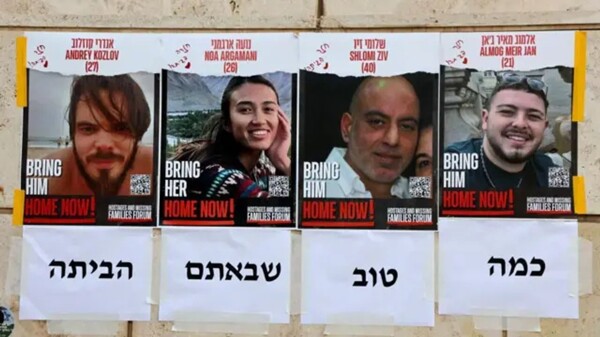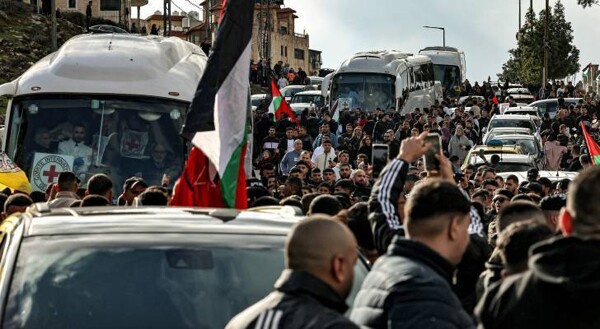
Israel and Hamas are in the midst of discussions to reach an agreement that allows for a lasting truce in the Gaza Strip. One of Israel's main demands is for Hamas to disarm, a condition that the Iranian-backed faction does not seem willing to meet. Israeli experts warn that allowing Hamas to remain an independent military force could lead to situations similar to what Lebanon faces with Hezbollah, a powerful group both militarily and politically, but officially sidelined from the government.
Israel's offensive against Hamas late last year had repercussions in Lebanon, where the first president was appointed in several years. However, Israel's refusal to engage in proposals from the Palestinian Authority and the controversial idea from U.S. President Donald Trump to resettle the majority of Gaza's population have complicated the prospects for lasting peace.
Hamas has expressed its willingness to relinquish control of Gaza after the war with Israel, which could meet one of Israel's demands. Hamas spokesman Hazem Qasim mentioned that the group necessarily does not have to be part of future political agreements in Gaza if that benefits the Palestinian people. The U.S. envoy for the Middle East, Steve Witkoff, and Israeli Prime Minister Benjamin Netanyahu are optimistic about future talks mediated by Qatar and Egypt.
In a recent speech, Netanyahu reaffirmed Israel's determination to destroy Hamas's military and governing capabilities. Both Israel and the United States consider Hamas a terrorist organization and an obstacle to peace in the region. Talks for a lasting truce in Gaza continue, with hopes of advancing toward an agreement that promotes stability in the region.














